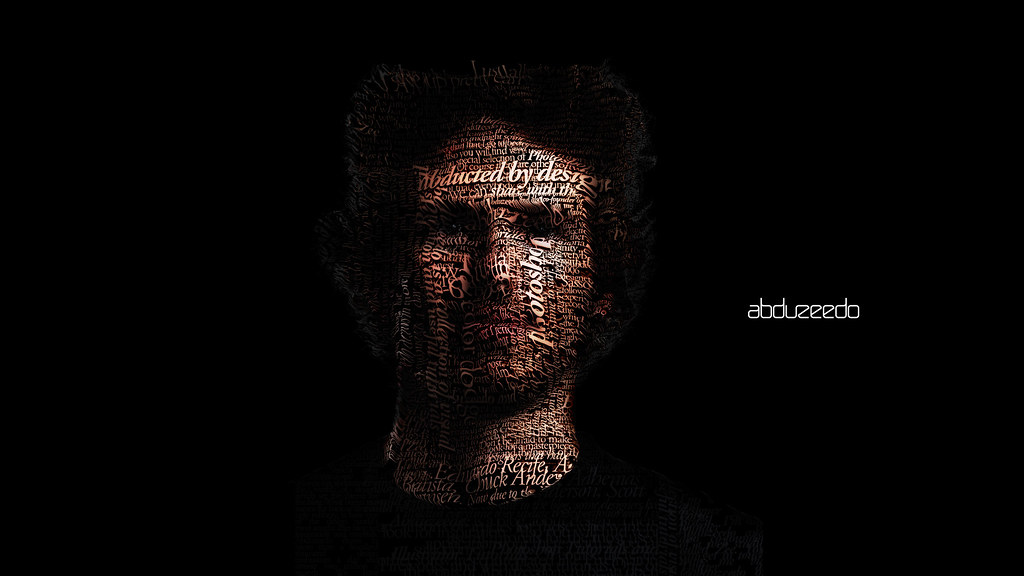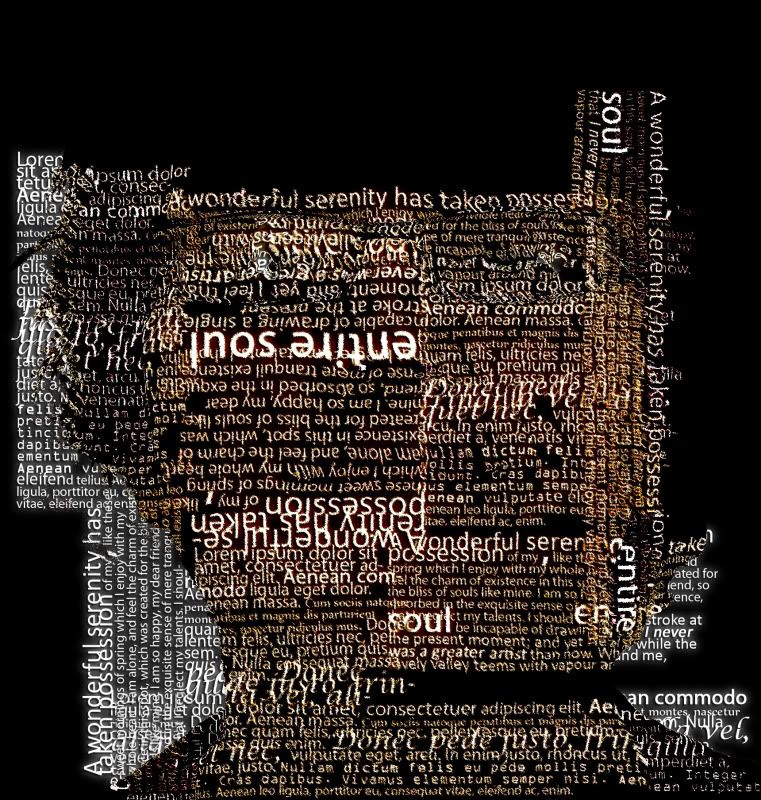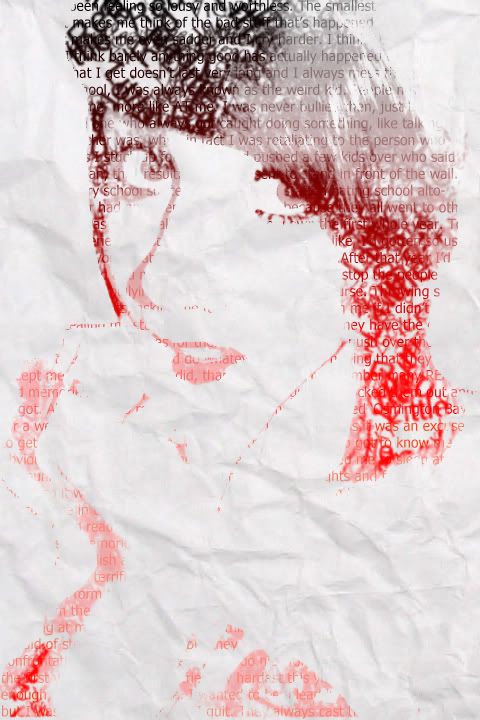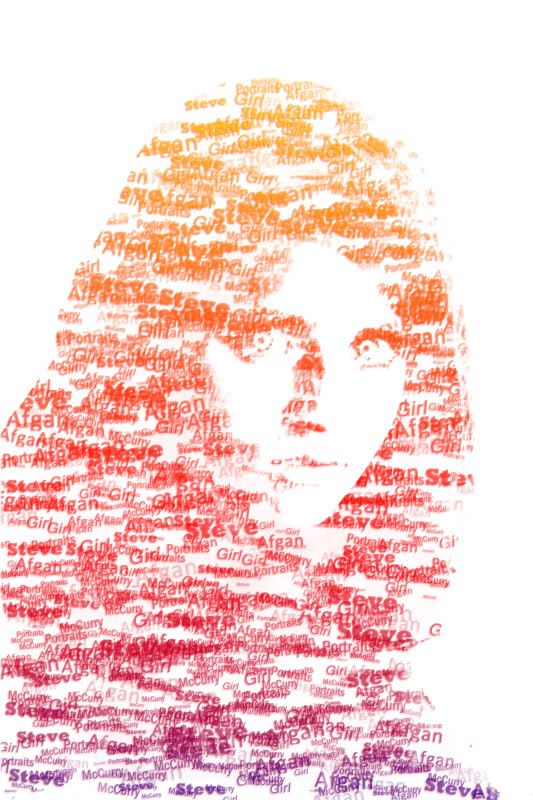What did grab my attention is the idea of reflection of society and cultural histories. There was an area of art which I approved in my first year but did not feel comfortable dwelling in. This was the concept of 'the Politics of Art', in my first year during a tutorial it was recommended that I look at work by Walter Benjamin, who approaches this concept with essays and theory. It was again recommended to me in my third year and now I'm coming to the end of my degree in Art, I thought it would be good practice to try understand some of his theory.
I found and read his essay named The Work of Art in the Age of Mechanical Reproduction. I was recommended this essay during a quick tutorial about reproducing an image, more specifically the photography Afgan Girl by Steve McCurry. I am planning of doing a text portrait of this image for my exhibition to showcase the techniques I have developed throughout this module. As I would be reproducing the image I was advised reading this essay would be useful. The key points I noted:
- The capitalism in society affects everything, and subsequently Art.
- Replicas of Art are inevitable because man-made artefacts can always be imitated by man. This replication is usually for a 3rd party who gains.
- Modern advances in our world bring about the tools that catalyse mechanical reproduction.
- The unique existence of the original is always lacked in a reproduction - No history of the piece.
- This 'Aura of the Original' is removed when reproduced. In example of Afgan Girl I would be removing the history of the piece. I would need to perhaps address this.
- Photography is technically a form of reproduction. A very grey art form in his essay.
- This has introduced a theology of art and as a result, the concept of politics in Art.
In my exhibition I will reflect upon this essay as well as demonstrating several techniques I've worked on in this module.













